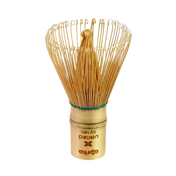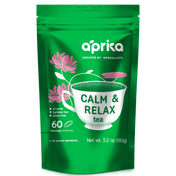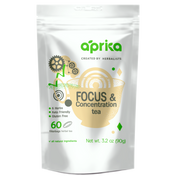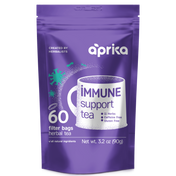
Matcha Is More Than Tea
Matcha isn’t just a type of green tea, it’s an art that dates back centuries in Japan, where monks would gather to sip in silence, acknowledging the simple and beautiful moments of the present. It was here that the tea was first consumed in powder form, earning its name matcha, which appropriately translates to “powdered tea.” At a high level, matcha green tea is simply finely ground powder made from green tea leaves. But a more in depth-look will reveal the delicate technique that goes into making it as well as its astonishing antioxidant levels, setting it apart from every other tea you’ve experienced.
How Matcha Tea Is Made
Making a batch of Matcha is an extremely tedious and time-consuming process that begins with limiting the Camellia sinensis plant’s exposure to direct sunlight. This has two key effects on the leaves. First, the chlorophyll levels rapidly increase, resulting in its signature bright green color. Next, it produces L-Theanine, an amino acid that’s used for treating anxiety and high blood pressure. L-Theanine, paired with the caffeine naturally produced by the tea makes it a popular alternative to coffee. Matcha is known for offering a gentle energy boost without the crash or jitters typically experienced with coffee or other caffeinated beverages.
After about three weeks in the shade, the leaves are handpicked, steamed, then air dried. This process helps to retain the richness in taste and color. Finally, they’re stone-ground into fine powder. Today, Matcha is a versatile, extremely popular ingredient that can be found in recipes such as pastries, ice cream, lattes, smoothies, sauces and more. It can also be mixed with hot water and enjoyed traditionally as tea.
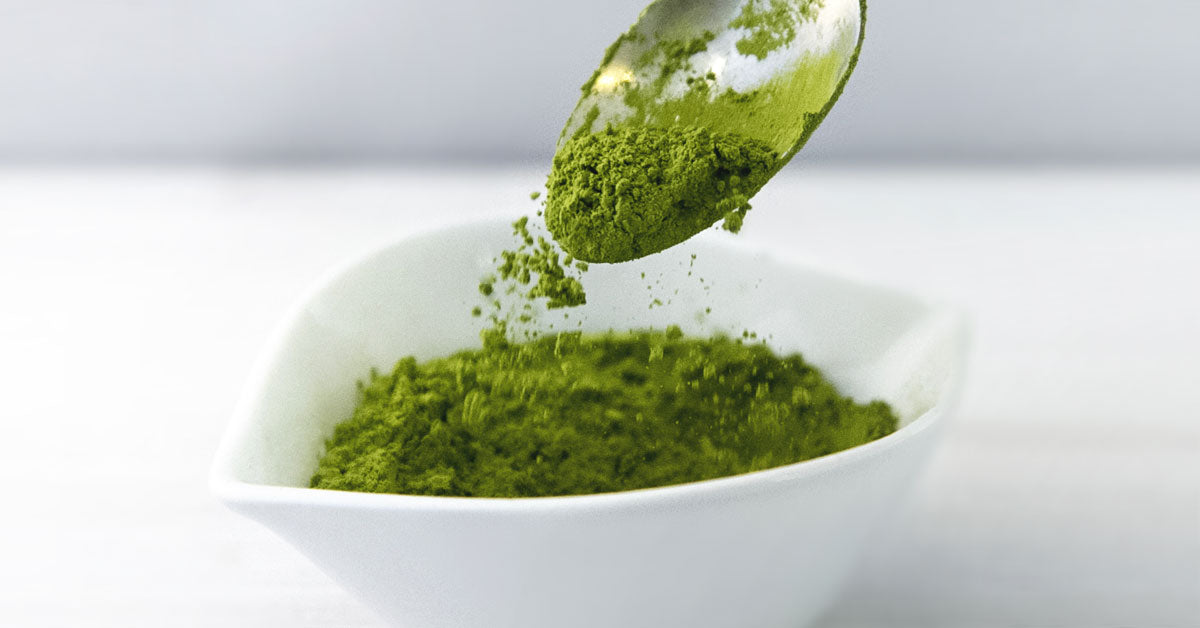
How to Make Matcha Tea at Home
Making your own matcha green tea at home is easy and take just a few minutes. Before you begin, make sure that you have the right grade of matcha for your desired recipe since different types will yield different results.
Hot to make matcha tea:
- Heat 8-10 ounces of filtered water in a saucepan until boiling
- Pour hot water into a cup while stirring in a half teaspoon of matcha powder
- The tea should not require any additional sweetener or additives
How to make a matcha latte:
- Heat 8-10 ounces of your choice of milk or nut milk in a saucepan until boiling
- Pour hot milk into a cup and whisk in 1-2 teaspoons of matcha powder until all of the bits have blended
- Add honey or sweetener as needed
The Difference Between Matcha Tea and Green Tea
If Matcha tea comes from green tea, aren’t they the same thing? In fact, the Camellia sinensis plant is also used to make familiar favorites such as black tea, white tea and oolong tea. However, apart from how it’s made, the key difference is the part of leaf that’s used to make the tea. For example, most green teas are made with the whole leaf whereas matcha tea requires removal of the stem and veins. Coincidentally, this process has a significant impact on aroma and taste. Matcha tea has a much higher potency than regular green tea, giving it a rich, earthy flavor that ranges in sweetness and bitterness.
Additionally, vitamin and antioxidant concentration is also much higher. In fact, you’d have to drink about three cups of regular green tea to get the same amount of antioxidants from a single cup of matcha. It also has 130 times more calcium and 172 times the protein.
It’s true, matcha is packed with nutrients, but how is it possible that its natural chemical compounds make this tea one of the most powerful antioxidants in the world? We’ve covered all the benefits of matcha in our next article, read on!


